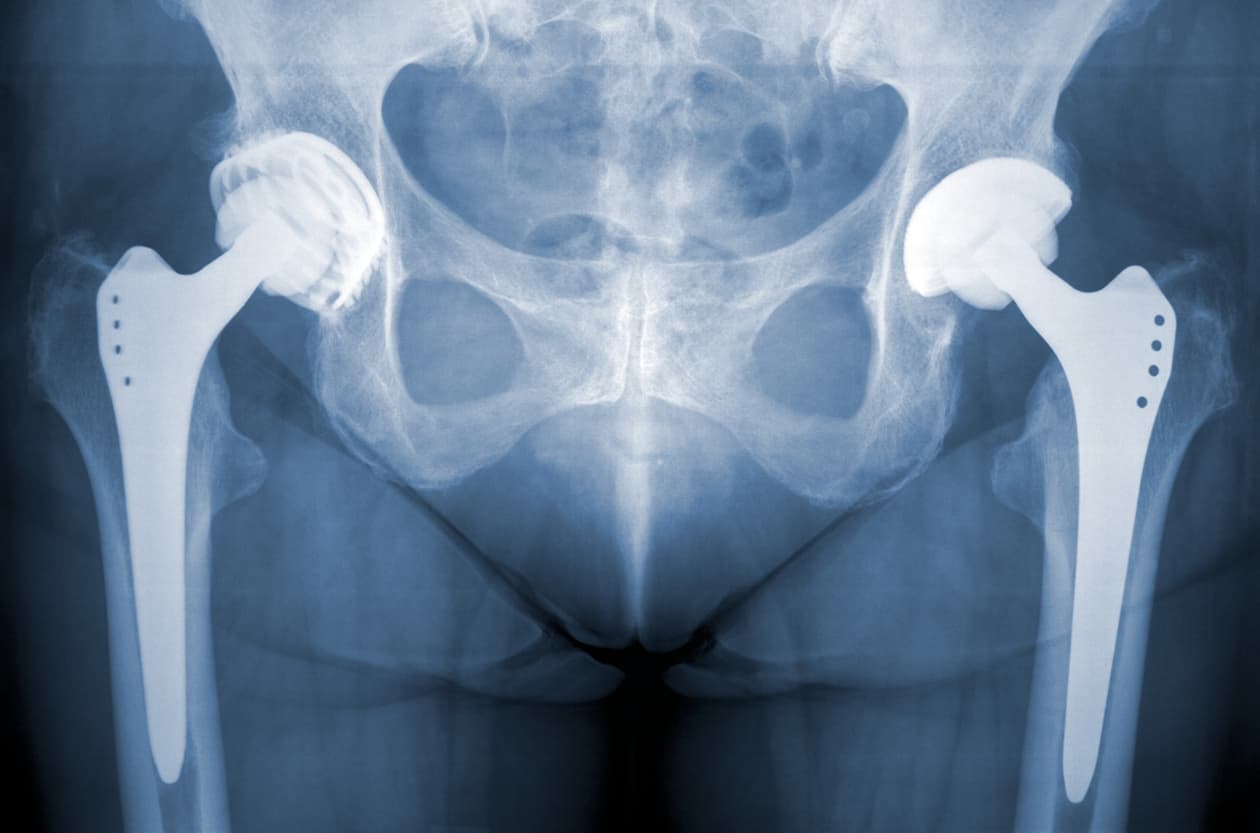Stryker Tritanium Hip Implants Loosening According to NYU Medical Study

A hip implant is a medical device that is placed in the hip region. The purpose of it is to restore function to the hip and allow for more mobility and stability. It also helps with arthritis, injuries to the hip area, and hip degeneration and disease.
Several factors can influence the outcome and success of a hip implant including the type of implant used, the surgeon’s experience, and the reason for the implant. Characteristics of the patient like age, health, and activity level are also important.
A normal hip implant should last several years before complication or failure. The devices can fail for a few reasons including the loosening of the implant, surgical error, or infections in the hip region.
The standard rate of failure for a hip replacement is generally below 1%. So while they do happen, they are rare. Around 90% of implants are still functional after ten years. Additionally, 85% are still operational at 15 years post-surgery.
One type of medical device that is used is the Stryker Tritanium Acetabular Shell hip implant. It is a metal 3-dimensional interface that acts as the main acetabular part in a total hip replacement procedure.
It is cup-shaped and a porous device that is designed to integrate and grow with the patient’s natural bone. This design is supposed to eliminate the need for cement parts that were previously used in all hip replacement surgeries.
The Study
Initial reports of those using the Stryker Tritanium hip implant were poor. These reports led doctors and researchers to conduct a study to look at the actual failure rates of the implant. This study, titled Early Aseptic loosening of the Tritanium Primary Acetabular Component with Screw Fixation, was published in 2018 in Arthroplast Today.
The study aimed to focus only on failures of the device itself, and not surgical error. Failure was defined as when a hip implant came loose and required a revision surgery to correct the issue.
The study only looked at aseptic failures of the Stryker Tritanium hip implants. Aseptic means failures of the implant without an infection present. The reason for focusing on infection-free failures is because a hip infection after surgery can be caused by other factors that have nothing to do with the hip device. These include:
- Restricted blood flow at the site of the surgery
- Surgical installation failure, or
- Bacterial infection.
These types of implant failures would not be due to the actual product itself. Rather, there would be intervening reasons that the hip implant came loose.
The study was a case review. It looked at five current cases in the NYU hospital. Researchers also reviewed past cases to see what implants were used and what types had more failures than others. As with most initial small studies, it was noted that a larger scale study should be repeated to see is the results are consistent.
Findings of the Study
The study found that Stryker Tritanium hip implants had an unusually high rate of failure. This rate of failure was more than the general 1% for all hip replacements. It was also significantly higher compared to other hip replacement devices on the market being used by doctors in surgeries.
Hip replacement device failures are a big deal. Surgery is required if a hip implant fails. The first implant is removed and replaced with a second one. This revision surgery is more in-depth than the original one and can have several more complications. Additionally, a second hip replacement surgery means a higher rate of mobility limitations post-surgery.
The study was able to eliminate other reasons that a hip replacement may have loosened because it did not look at any failures of the implant due to infection. Because of this, the study conclusively showed that the Stryker Tritanium hip implant was the cause of the loosening and subsequent failure in the cases that were studied.
Why the Study Matters
The study was enough proof for the doctors at NYU hospital. They stopped using the device in all hip replacement surgeries after it was conducted. They also called for more in-depth and larger studies that showed the long-term failure rate of the device compared with similar products on the market.
Despite these facts, the makers of the Stryker Tritanium hip implant have not issued a product recall. Because of this and the high rate of failures, several law firms are collecting information from possible clients who have been affected by failures of the implant. Class action and mass tort lawsuits are likely to follow to help patients recover from the faulty functioning of the device.
